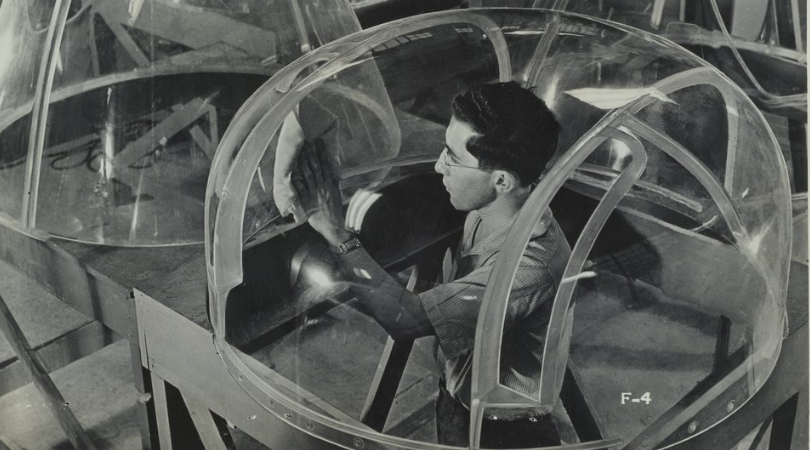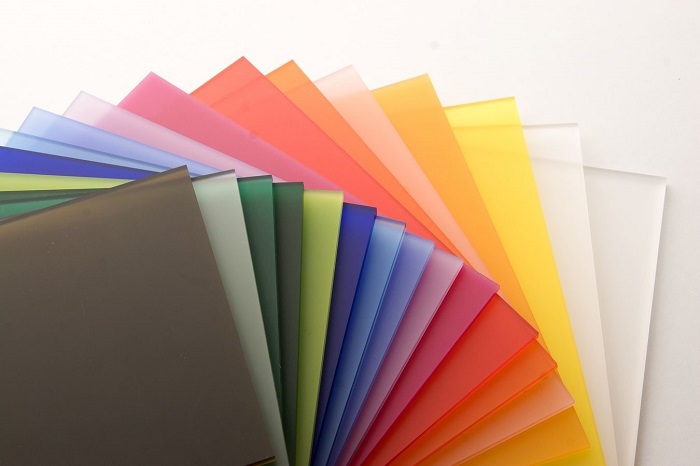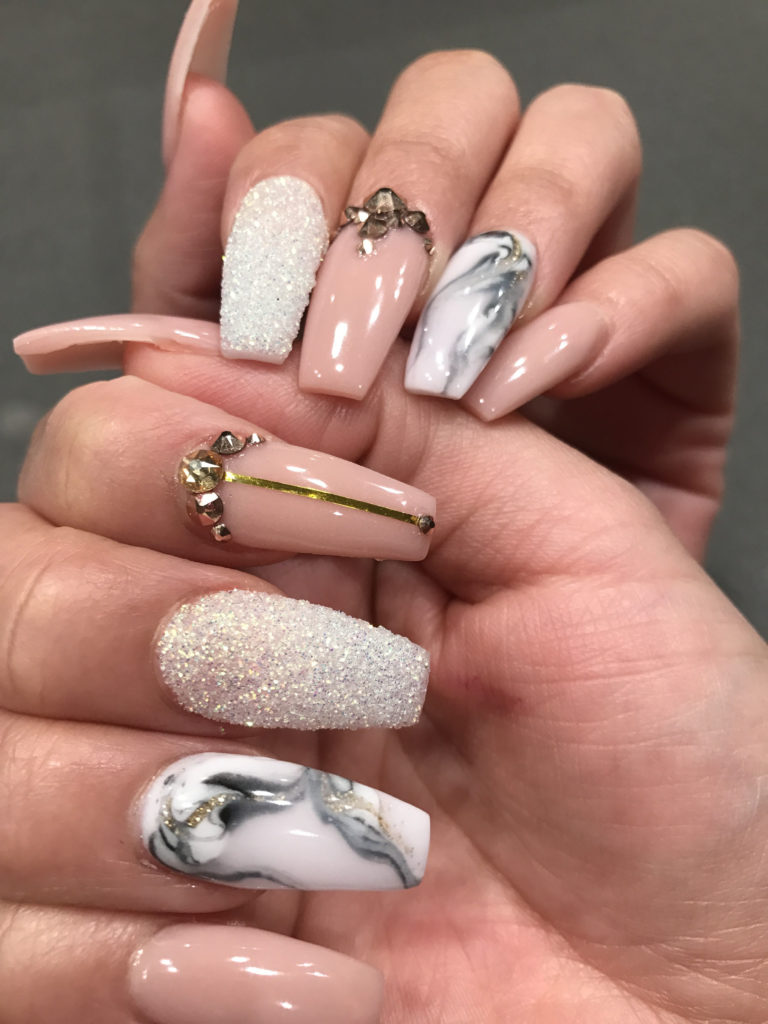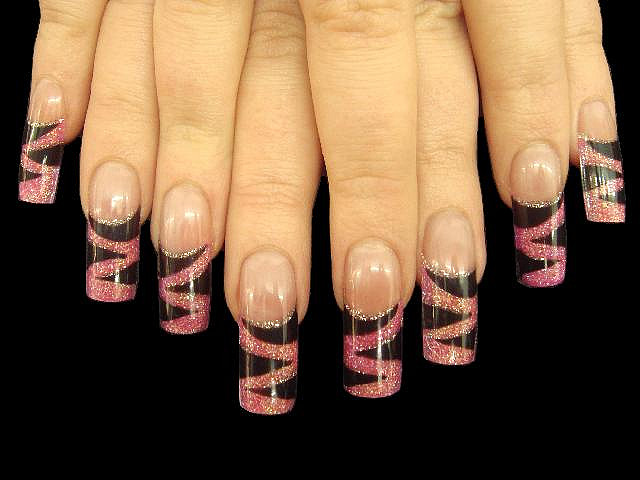Acrylic Pin- The history and application of Acrylic. How can we use it?
THE PRODUCTION OF ACRYLIC PIN
Before the 19th century, artists mixed their paints, which allowed them to achieve the desired color and thickness and to control the use of fillers if any.
While suitable media and raw pigments are available for the individual production of acrylic paint,
hand mixing may not be practical because of the fast drying time and other technical issues,
such as the necessity to combine several polymers,
as well as surfactants, plasticizers, dispersants, defoamers, and stabilizers in the correct amounts and order.

TYPE
Acrylic painters can modify the appearance, hardness, flexibility, texture, and other characteristics of the paint surface by using acrylic mediums or simply by adding water.
Watercolor and oil painters also use various mediums, but the range of acrylic mediums is much greater.
Acrylics can bond to many different surfaces, and mediums can be used to modify their binding characteristics.
Acrylics can be used on paper, canvas and a range of other materials,
however, their use on engineered woods such as medium-density-fiberboard can be problematic because of the porous nature of those surfaces.
In these cases, it is recommended that the surface first be sealed with an appropriate sealer.
Acrylics can be applied in thin layers or washes to create effects that resemble watercolors and other water-based mediums.
They can also be used to build thick layers of paint—gel and molding paste are sometimes used to create paintings with relief features.
Acrylic paints are also used in hobbies such as trains, cars, houses, and human models.
People who make such models use acrylic paint to build facial features on dolls or raised details on other types of models. Wet acrylic paint is easily removed from paintbrushes and skin with water, whereas oil paints require the use of a hydrocarbon.

APPLICATION
Acrylic paints are the most common paints used in grattage, a surrealist technique that became popular with the advent of acrylic paint.
Acrylics are used for this purpose because they easily scrape or peel from a surface.
These plastic lapel pins are made of clear acrylic with a full digital print.
High quality printed acrylic badge pins can be made in any design or shape, including any colors or gradients.
Each pin comes with a standard clutch back or there are more attachments like magnets, safety pins or stickers that are available for options.

tags: Lan Phuong Real

